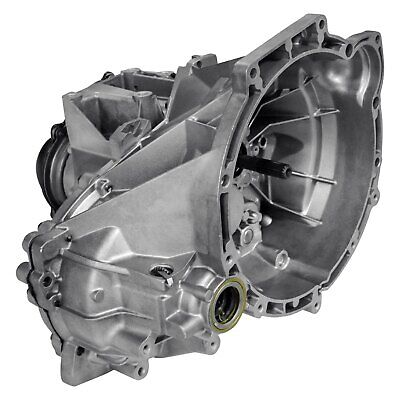Gradeautopart.com can help you find Used Ford Parts fast and easy. All used parts are inspected before being sold. Anything mechanical, is tested for function. We visually inspect for any cracks, leaks, damage, or issues before we put the parts in our inventory system. Our inventory of Used Ford Parts is updated daily to insure fresh and up to date information for our customers.
What is Ttransmission
Car transmission refers to the system that transmits power from the engine to the wheels, enabling a vehicle to move. It is responsible for controlling the amount of power and the speed at which it is delivered to the wheels. The transmission plays a crucial role in transferring engine torque to the wheels efficiently while allowing the driver to control the vehicle’s speed and direction.
There are primarily two types of car transmissions: manual transmission and automatic transmission.
- Manual Transmission: Also known as a “stick shift” or “manual gearbox,” this type of transmission requires the driver to manually shift gears using a clutch pedal and a gear shifter. It typically consists of several gears, including reverse, neutral, and several forward gears. The driver engages the clutch, selects a gear with the gear shifter, and releases the clutch to transfer power from the engine to the wheels. Manual transmissions provide more control and are often preferred by enthusiasts for their engagement and efficiency.
- Automatic Transmission: In contrast to manual transmission, an automatic transmission allows the vehicle to change gears automatically without driver intervention. It uses a hydraulic system or electronic controls to determine the optimal gear based on factors like engine speed, vehicle speed, and throttle position. The driver only needs to select the desired mode (e.g., park, reverse, neutral, drive) and operate the accelerator and brake pedals. Automatic transmissions offer convenience and ease of use, especially in heavy traffic or during long drives.
Within automatic transmissions, there are further variants such as:
- Traditional Automatic: These transmissions have a torque converter, which uses fluid coupling to transmit engine power to the transmission. They offer smooth and seamless gear changes but may have slightly lower efficiency compared to other types.
- Dual-Clutch Transmission (DCT): DCTs use two separate clutches to engage odd and even gears, allowing for quick and seamless gear changes. One clutch engages the current gear while the other pre-selects the next gear, resulting in rapid shifts and improved fuel efficiency.
- Continuously Variable Transmission (CVT): CVTs use a system of belts or pulleys to provide an infinite number of gear ratios. This design allows the engine to operate at the most efficient RPM (revolutions per minute) for better fuel economy. CVTs provide smooth acceleration and can enhance the driving experience.
Each transmission type has its advantages and considerations, and the choice depends on factors such as driver preference, driving conditions, fuel efficiency, and intended use of the vehicle.
What is the Purpose Of Ford Fiesta Transmission
The purpose of the transmission in a Ford Fiesta, like any other car, is to transmit power from the engine to the wheels and allow the driver to control the vehicle’s speed and direction. The transmission plays a crucial role in determining the torque and speed at which power is delivered to the wheels, based on the driver’s input and the vehicle’s operating conditions.
The Ford Fiesta comes with different transmission options depending on the model and year. Here are the transmission types commonly found in the Ford Fiesta:
- Manual Transmission: The Ford Fiesta often comes equipped with a manual transmission, also known as a “stick shift.” This type of transmission requires the driver to manually shift gears using a clutch pedal and gear shifter. By engaging the clutch, selecting a gear, and releasing the clutch, the driver transfers power from the engine to the wheels. Manual transmissions provide greater control and engagement for drivers who prefer a more involved driving experience.
- Automatic Transmission: Some versions of the Ford Fiesta may also offer an automatic transmission option. Automatic transmissions shift gears automatically without the need for driver intervention. They use hydraulic systems or electronic controls to determine the optimal gear based on various factors such as engine speed, vehicle speed, and throttle position. Automatic transmissions offer convenience and ease of use, particularly in stop-and-go traffic or for drivers who prefer a more relaxed driving experience.
The choice of transmission in a Ford Fiesta depends on factors such as driver preference, intended use, fuel efficiency, and local market availability. Some drivers may prefer the control and engagement of a manual transmission, while others may opt for the convenience and ease of an automatic transmission. It’s important to consider personal driving preferences and specific requirements when choosing the transmission type for a Ford Fiesta or any other vehicle.

